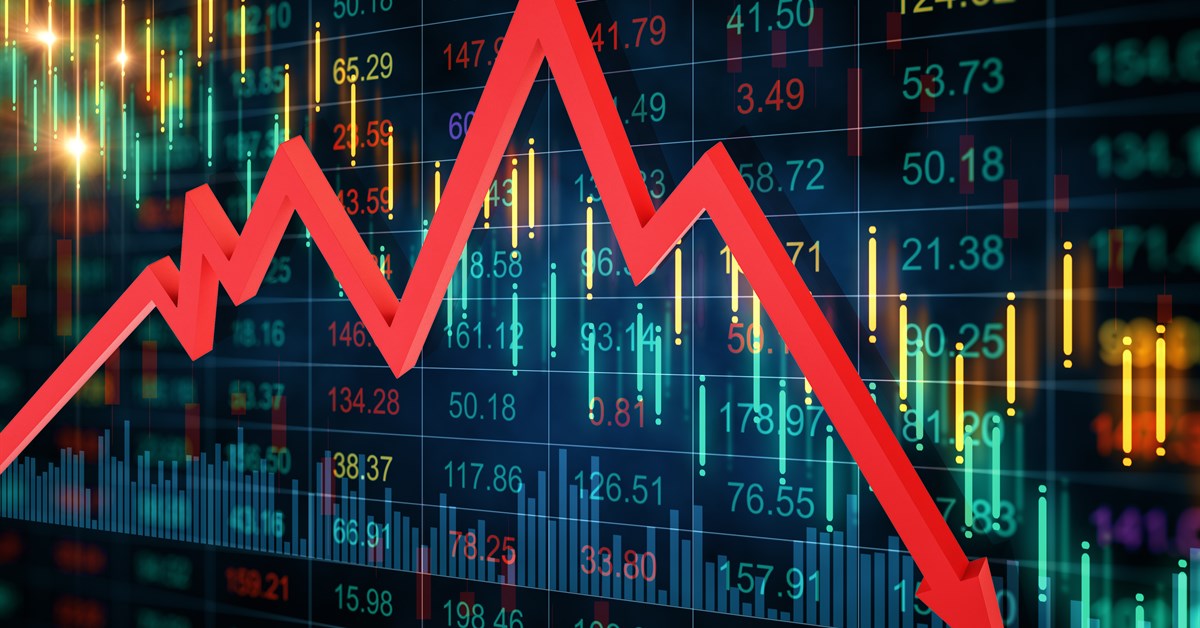
Liquidity: The Ugly Side of ETFs
Volatility of European equities as defined by single stock crashes seem intuitively on the rise. Think of Worldline, a French payment solutions provider, down 60% on results falling below consensus and a revision in FY23 targets. Or Siemens Energy losing 30% on worries about getting guarantees. Earlier Rentokil, a global outsourcing company, witnessed a 20% drop on the possibly that US households may invest less in catching mice and bedbugs. Earlier this year, both Adyen and Alstom endured substantial losses, with each plummeting approximately 40% in a single trading session. These remarkable swings, which were once extraordinary, have now grown more prevalent in recent times.
Unlucky strikes (within AlphaValue coverage, mkt cap above €2bn)
The above list is a good starting point for natural contrarians of course.
Short liquidity
Certainly, there are several factors contributing to these market fluctuations. Undoubtedly, the anxiety among market participants is a significant factor, especially given the current high valuations and increasing economic uncertainties. However, the level of liquidity, or the lack thereof, also plays a crucial role. This lack of liquidity leads to two main outcomes:
1/ More Volatility in stocks.
2/ Investors preferring larger, more liquid companies rather than smaller capitalization.
In fact, year-to-date, the size of companies ranks as the second most influential factor on the Stoxx600, as reported by Bloomberg. Consequently, research providers tend to focus their efforts on larger capitalization stocks, further reducing the availability of research for smaller companies. This, in turn, results in a weaker secondary market, which makes it less appealing for companies seeking capital, ultimately negatively impacting the efficiency of global capital markets.
These concerns, among others, lie at the heart of the Listing Act that is currently being discussed at the European Parliament.
Passive investing and notably ETFs, which have gained immense popularity among investors recently does play a role in drying up liquidity. Our argument centers around the presence of massive hidden costs in the market, echoing the wisdom of the Bastiat, an economist, who encouraged us to consider “what is seen and what is not seen”.
ETF benefits are clear and well documented: costs are lower and ETFs provide clients with exposure to markets at a fraction of the expense of active asset management, often resulting in better returns once management or performance fees are factored in.
However, there is a hidden cost: less efficient capital markets. By definition, a passive index fund exhibits pro-cyclical behavior, buying more of the stocks that have risen and selling more of those that have declined as their weightings move during index rebalancing. This effect is even more true in smart beta strategies.
As passive investing has grown so dominant, it has made it increasingly risky for fund managers to be contrarian. For instance, if a stock drops 40% on Monday, the presence of trend followers, momentum strategies, and passive investment funds can intensify selling pressure. In such scenarios, one may want to wait before a nadir is found.
Let’s carry out a radical thought experiment. Let’s imagine a scenario where passive investment has become so popular that it finally killed active management, leaving only one ETF tracking each index. In this situation, the relative price of each component wouldn’t move.
All prices would uniformly rise and fall in response to inflows and outflows from the ETF. This would make optimal capital allocation impossible. Let’s not forget that the “raison d’etre” of the equity market is first and foremost to be a tool for optimal capital allocation. With passive investment dominating, this tool becomes less and less efficient.
ETFs do offer benefits, but it is important to recognize that index performance is essentially an aggregation of the performance of its members. By limiting the liquidity in the trading of single stocks and reducing research availability (because passive investments do not pay for research), passive investment funds introduce a non-monetary cost to the efficiency of the equity market and therefore, could eventually impact the efficiency of the capital allocation process.


